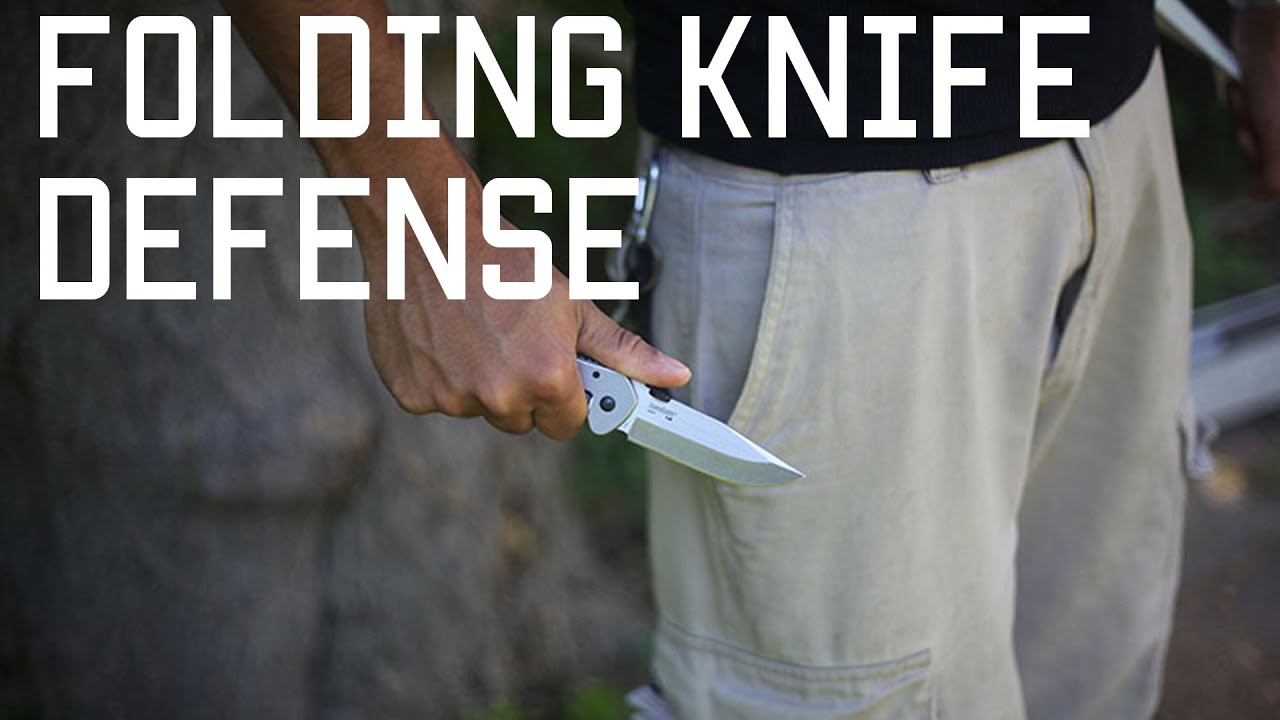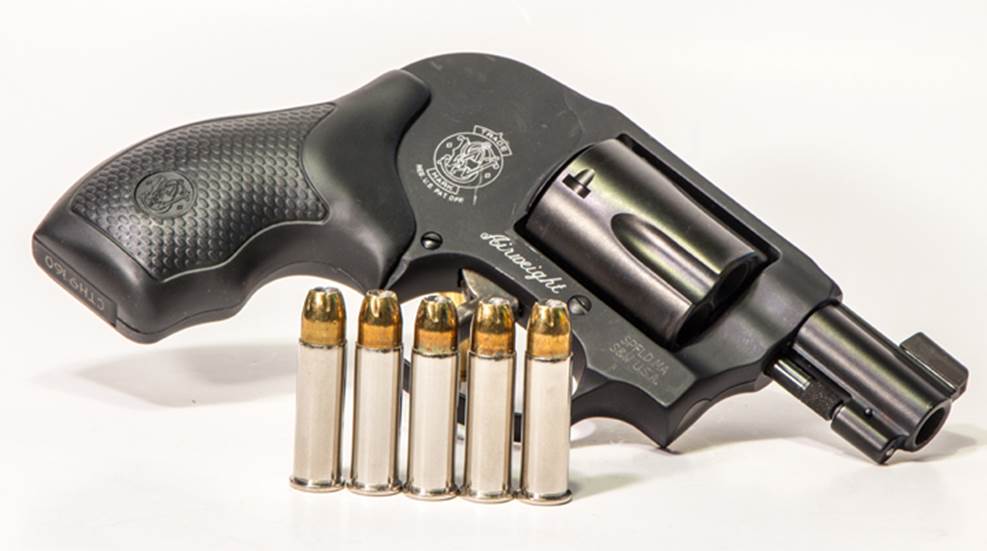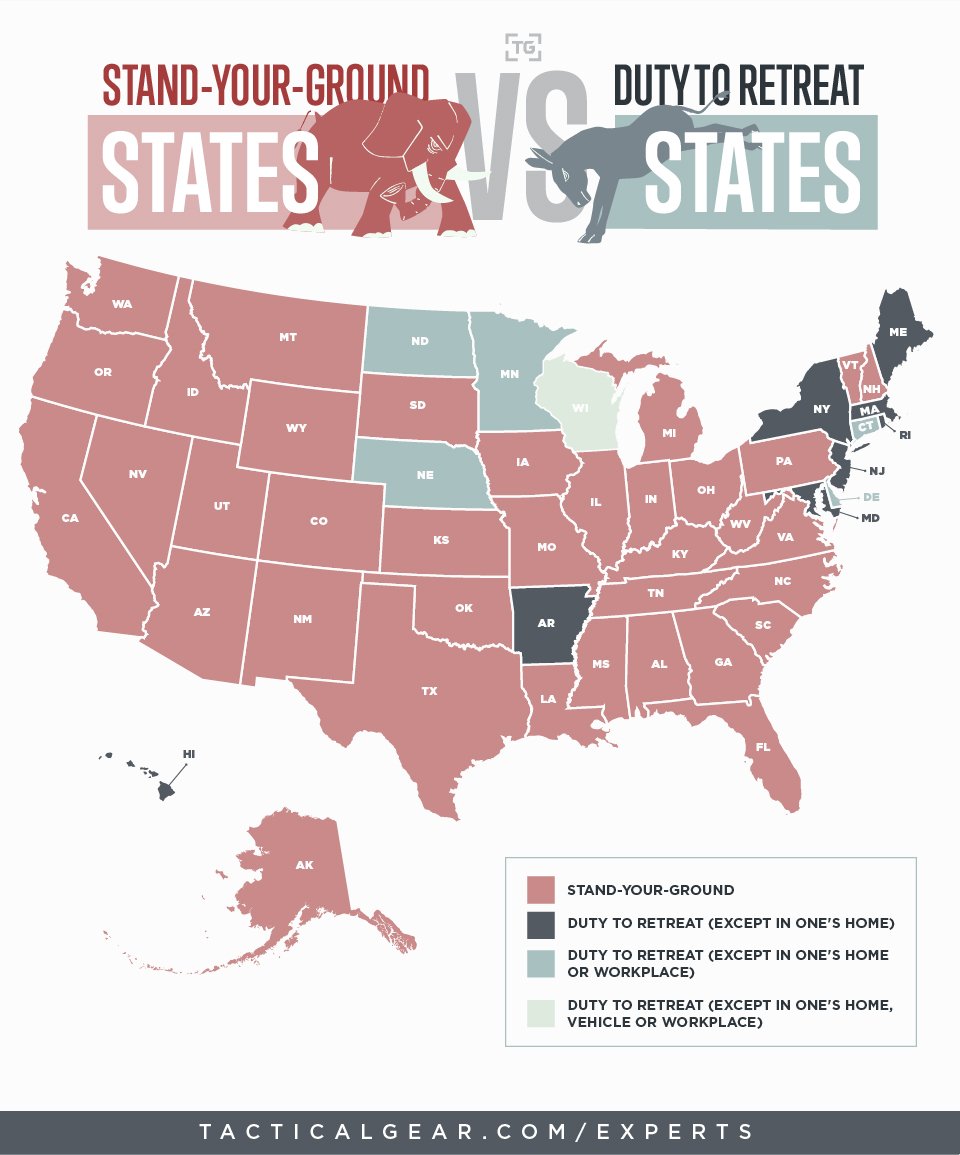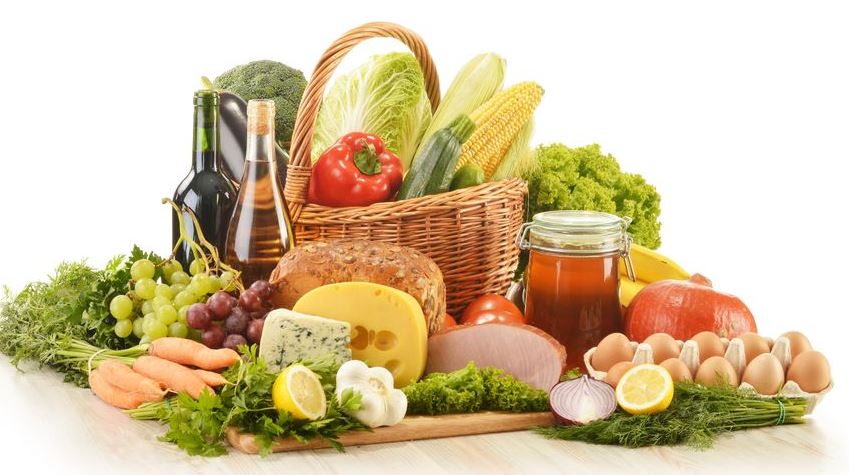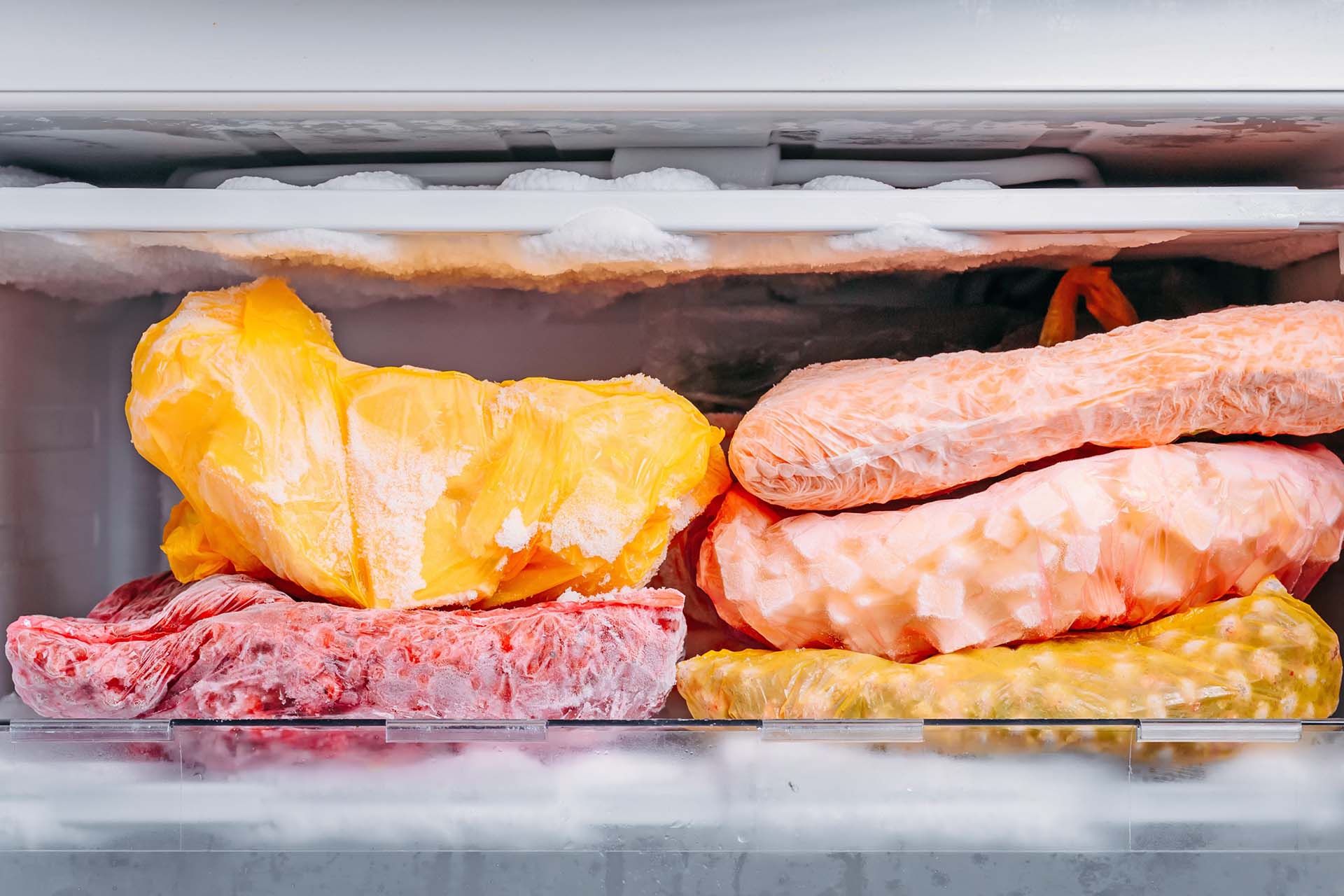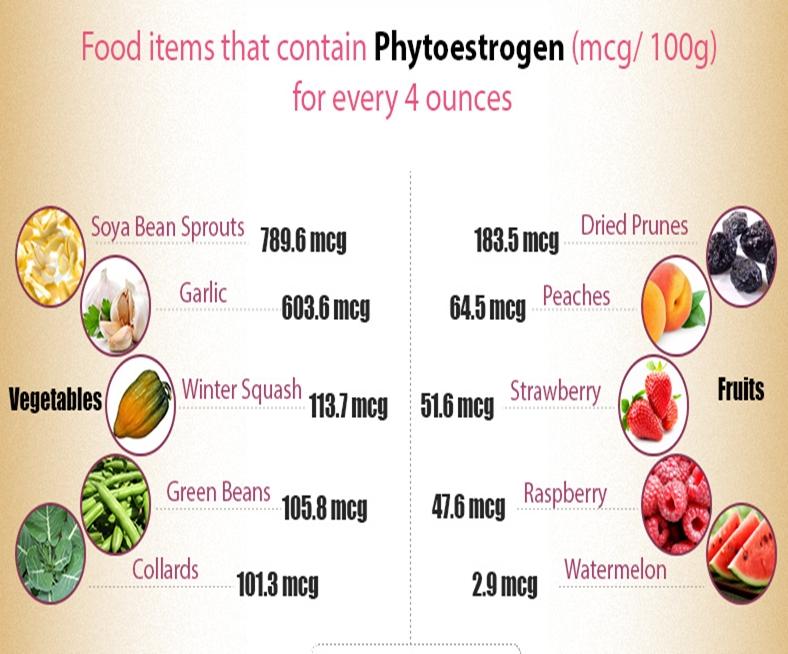Site Selection:
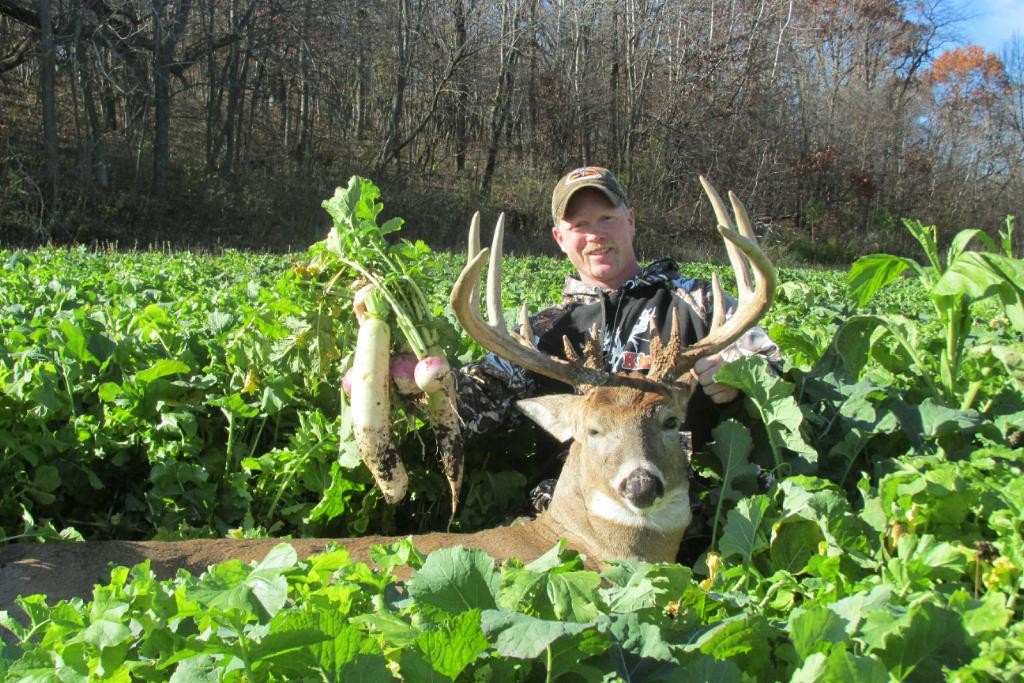
- Choose an open field or a forest clearing that receives at least 6 hours of direct sunlight per day.
- Avoid areas with poor drainage or frequent flooding.
- Select a soil type that is suitable for growing the desired food plot species.
Soil Preparation:

- Test the soil pH and nutrient levels to determine any necessary amendments.
- Till the soil to a depth of 8-12 inches to loosen it and remove any compaction.
- Add lime or fertilizer as needed to adjust the pH and nutrient levels.
Plot Design:

- Determine the size of your food plot based on the number of deer you want to attract.
- Create a detailed map of the plot, including the location of different food sources, trails, and cover areas.
Seed Selection:
- Choose a variety of food plot seeds that will provide a mix of nutrients and flavors.
- Consider the specific needs of the deer in your area when selecting seeds.
- Common food plot seeds include clover, soybeans, corn, and alfalfa.
Planting:
- Plant the seeds according to the recommended rate and depth for each species.
- Use a seed drill or a broadcast spreader to ensure even distribution of the seeds.
- Water the plot thoroughly after planting.
Fertilization and Watering:
- Fertilize the plot according to the recommended rate for the specific food plot species.
- Water the plot regularly, especially during dry periods, to ensure optimal growth.
Pest and Disease Management:
- Monitor the plot for pests and diseases that can damage the plants.
- Use appropriate pest control measures, such as organic pesticides or natural predators, to protect the plot.
Maintenance:
- Keep the plot free of weeds and invasive plants by mowing or herbiciding regularly.
- Repair any damaged fence or cover areas to maintain the integrity of the plot.
Hunting and Monitoring:
- Monitor the food plot regularly to assess its quality and effectiveness in attracting deer.
- Establish hunting stands or blinds near the plot to take advantage of hunting opportunities.
Rotational Plot Management:
How To Grow A Food Plot For Deer


